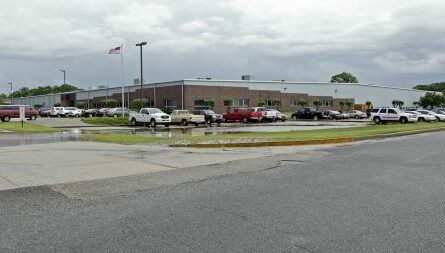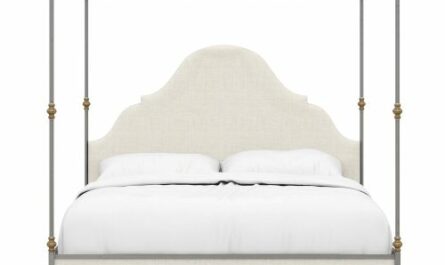Company’s success doubling sales will depend on key factors such as finding new workers and coming up with the right designs
THOMASVILLE, N.C. — Luxury furniture resource Theodore Alexander’s aggressive growth plans in upholstery are largely tied to the company’s 50,000-square-foot plant here that creates the company’s custom line for customers around the world.
The company plans to double its upholstery business in the next two to three years with a team of seasoned production personnel with years of experience producing sofas, loveseats, settees, accent chairs, sectionals and more that are hand tailored to customer specifications. In early February, the plant employed about 32 production workers with plans to add several more to this roster in the coming weeks.
By bringing on more workers, Theodore Alexander will have more hands on deck to produce and ship more finished goods from the facility.
The company’s success in boosting sales in the category, however, will be a balancing act that not only requires finding the right talent, but also bringing out the right styles and fabrics to garner further interest from retailers and designers alike.
It also will involve managing production alongside demand at a time when the company is still looking to reduce its backlogs and lead times closer to where they were prepandemic.
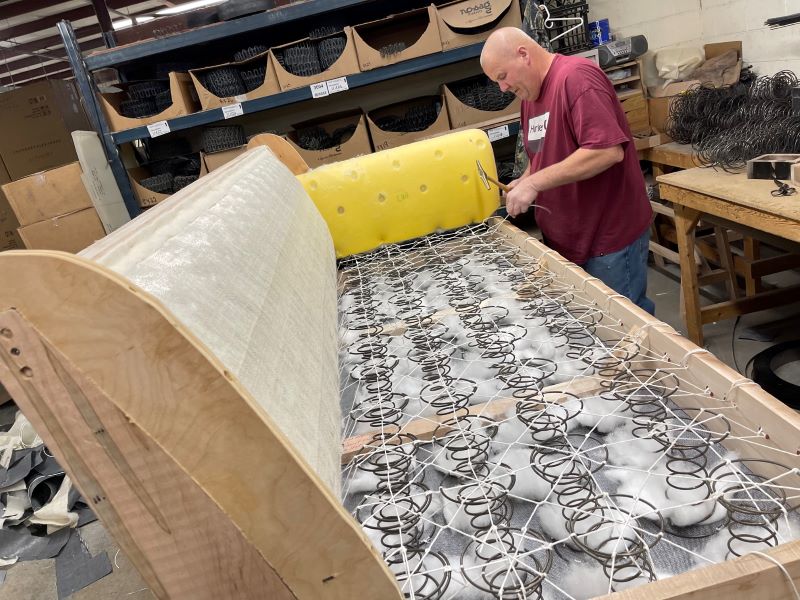
During an interview with Home News Now at the production facilities in early February, company President Ed Teplitz said the initiative was going much slower than anticipated as putting all the pieces in place has taken a little longer than he had first planned.
This was due to several factors, not the least of which was some worker absenteeism earlier in the year due to the Covid omicron variant.
Still, its plans to double the upholstery business is worth watching and the company already has made some significant steps toward this goal.
This past summer, for example, it hired Missy Strear, a former manager of design at Baker Furniture, to the new position of vice president, merchandising and product development. In her new role, she is helping oversee product development in case goods and upholstery.
At the spring High Point Market, the company also is launching several new frames along with 200 new fabrics, Teplitz noted. In addition it is simplifying its “Made to Measure” program by offering a more focused and easier to understand menu of options for dealers and designers alike.
“We are refreshing that to make it a little simpler at retail in that it is just easier to sell,” Tepliz said, noting for example that a dozen-arm offerings has been reduced to seven or eight. “We had multiple track arms where one was three inches and another was four inches, and you just don’t need all that. If there is a customer or designer that wants (this type) of custom, we will still do that customization for them, but it’s not going to be part of our everyday program.”
Simplifying the number of options also helps the plant run more efficiently. This has been an important step towards lowering backlogs and lead times which were up to 11 months in the third quarter of 2021. The company had reduced that to six to seven months by early February.
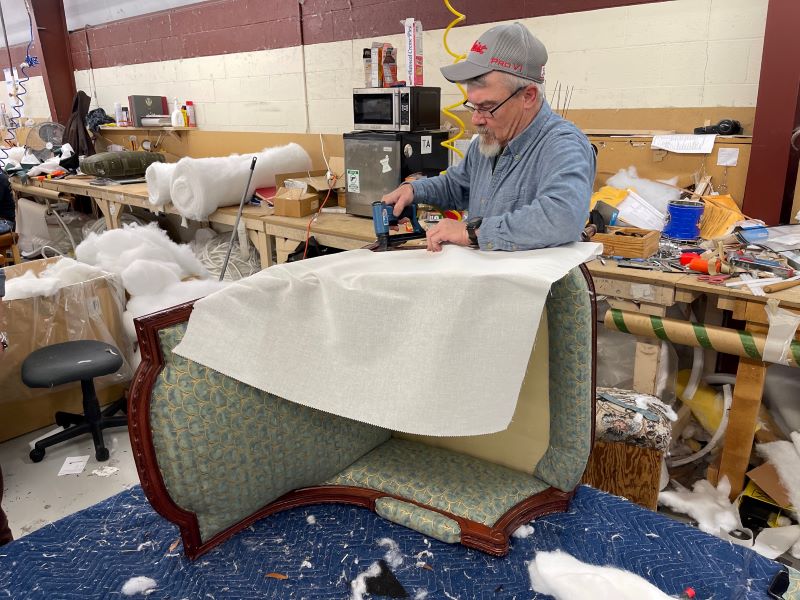
“Our lead times our down, but it fluctuates with demand,” Teplitz said. “We didn’t produce what we thought we would in January, because of Covid. We had a lot of absenteeism, and fortunately, we started February fully staffed, but who knows? Who knows what the next macro event will be.”
“We are taking all the necessary steps, but then as I have said, every week there is a new stumbling block – whether it’s finding the labor, making the space in the factory or lowering lead times.”
He said that while it’s unlikely lead times will get down to two-months as they were precovid, the company is looking to make further improvements soon.
“We have made progress, but we ware not where we need to be,” Teplitz said. “We want to get to get down to three to four months.”
Reducing the backlog and lead times also requires managing the workload so workers don’t get burned out. As recently as October and November, the plant was running about 52 to 54 hours per week, said Daniel Connor, director of manufacturing. This dropped to 45 hours by year end.
Connor said that the company will occasionally bring in some people who want to work on a Saturday in a particular area of production, but added that “it is not every week like it used to be.”
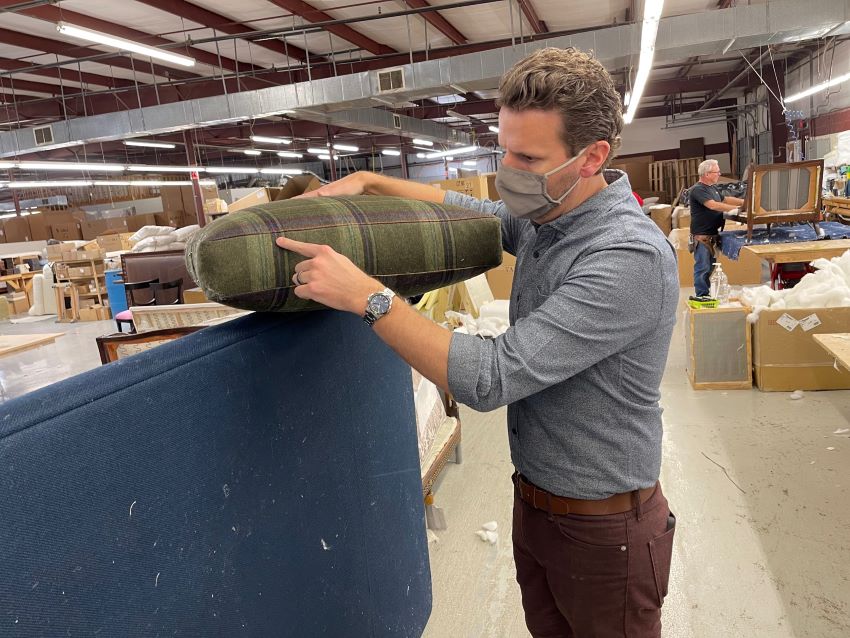
“You have one or two that want to work as much as they possibly can, but looking at it from the perspective of an older work force in particular, you have to consider that,” Connor said. “They would rather not spend their Saturday doing what they’ve already done for 45 hours.”
Teplitz agreed that it’s important to set reasonable expectations in the production schedule.
“We have enough backlog where we can work seven days, but then you burn out your team and end up being less productive,” Teplitz added. “We found that was happening so we have gone back to just 45 hours a week…And we didn’t lose any productivity.”
Based on the current rate of orders and the number of workers on hand, the company expects to lower its backlog to about 6 months or so by the end of March and be down to four months by the third quarter.
While managing the current backlog, Teplitz still believes there is an opportunity to grow the business – including doubling the upholstery business over time.
“It is just about how fast do you want to turn the spigot on to new business,” he said. “The easier part to manage is the increase in production. You can run numbers on that and you know if you hire people and you work through the backlog, you can increase your daily output. The challenging part there is all the different macro events we have had over the last year.”
“Demand is easy to pick up too, you do it either by pricing or bringing out new or better product or a combination of both,” he added. “The question is how fast do we do it?”

